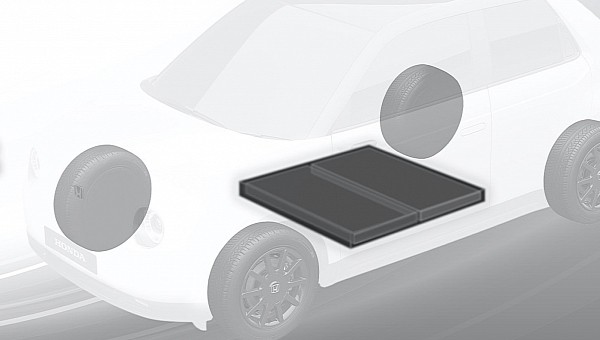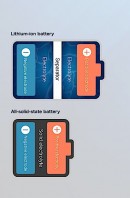Probably a lot of us have to admit that five or ten years ago we were all predicting the doom of electric vehicles rather than their success. Yet here we are in the third decade of the 21st century almost swimming in them, and with an even brighter horizon for EVs ahead.
You have to consider EVs are slowly rising to power despite some unsolved problems that a few years ago used to drive people away. Range anxiety is still here, and so are rather large and inconvenient charging times, yet few people seem to care all that much these days. So imagine what would happen if those two things, and others like them, were to be taken out of the equation.
One way to increase range and reduce charging times is to use solid-state batteries instead of lithium-ion ones. Companies know that, and that’s why several of them are presently involved in research meant to evolve such tech.
Early solid-state batteries will not be perfect, though. One thing they’ll have to overcome is durability. Because they’re made of solid materials, they’ll be prone to mechanical alterations – the battery’s electrode, for instance, expands and shrinks every time lithium ions pass through them, causing changes in volume and chemistry.
Solving this issue could make solid-state batteries even more alluring for use in EVs, and a team from the Yokohama National University in Japan thinks it may have an answer. Led by Professor Naoaki Yabuuchi, the team says it may have uncovered a new type of positive electrode material that could make wonders for stability.
The material is chemically known as Li8/7Ti2/7V4/7O2. In words we can all understand that’s would be combination of lithium titanate and lithium vanadium dioxide, ball-milled to nanometer size. When tested in this configuration, the material proved it could allow a large number of ions to pass through it without changing volume significantly.
According to the researchers, this is possible because in an electrode made this way the removal of lithium ions leaves free volume that is immediately filled by vanadium ions. “When shrinkage and expansion are well balanced, dimensional stability is retained while the battery is charged or discharged,” Yabuuchi said in a statement cited by the University of New South Wales.
Research into this material is still in its infancy, but early findings were already published in Nature. Testing has shown that a cell make with this material can have a capacity of 300 mA.h/g and showed no degradation over 400 charge-discharge cycles.
The team hopes that in the not-so-distant future a “truly dimensionally invariable material” could be developed for solid-state batteries. This in turn could make them not only more reliable in terms of charging speeds and life expectancy, but also a lot cheaper to produce and own.
One way to increase range and reduce charging times is to use solid-state batteries instead of lithium-ion ones. Companies know that, and that’s why several of them are presently involved in research meant to evolve such tech.
Early solid-state batteries will not be perfect, though. One thing they’ll have to overcome is durability. Because they’re made of solid materials, they’ll be prone to mechanical alterations – the battery’s electrode, for instance, expands and shrinks every time lithium ions pass through them, causing changes in volume and chemistry.
Solving this issue could make solid-state batteries even more alluring for use in EVs, and a team from the Yokohama National University in Japan thinks it may have an answer. Led by Professor Naoaki Yabuuchi, the team says it may have uncovered a new type of positive electrode material that could make wonders for stability.
The material is chemically known as Li8/7Ti2/7V4/7O2. In words we can all understand that’s would be combination of lithium titanate and lithium vanadium dioxide, ball-milled to nanometer size. When tested in this configuration, the material proved it could allow a large number of ions to pass through it without changing volume significantly.
According to the researchers, this is possible because in an electrode made this way the removal of lithium ions leaves free volume that is immediately filled by vanadium ions. “When shrinkage and expansion are well balanced, dimensional stability is retained while the battery is charged or discharged,” Yabuuchi said in a statement cited by the University of New South Wales.
Research into this material is still in its infancy, but early findings were already published in Nature. Testing has shown that a cell make with this material can have a capacity of 300 mA.h/g and showed no degradation over 400 charge-discharge cycles.
The team hopes that in the not-so-distant future a “truly dimensionally invariable material” could be developed for solid-state batteries. This in turn could make them not only more reliable in terms of charging speeds and life expectancy, but also a lot cheaper to produce and own.




